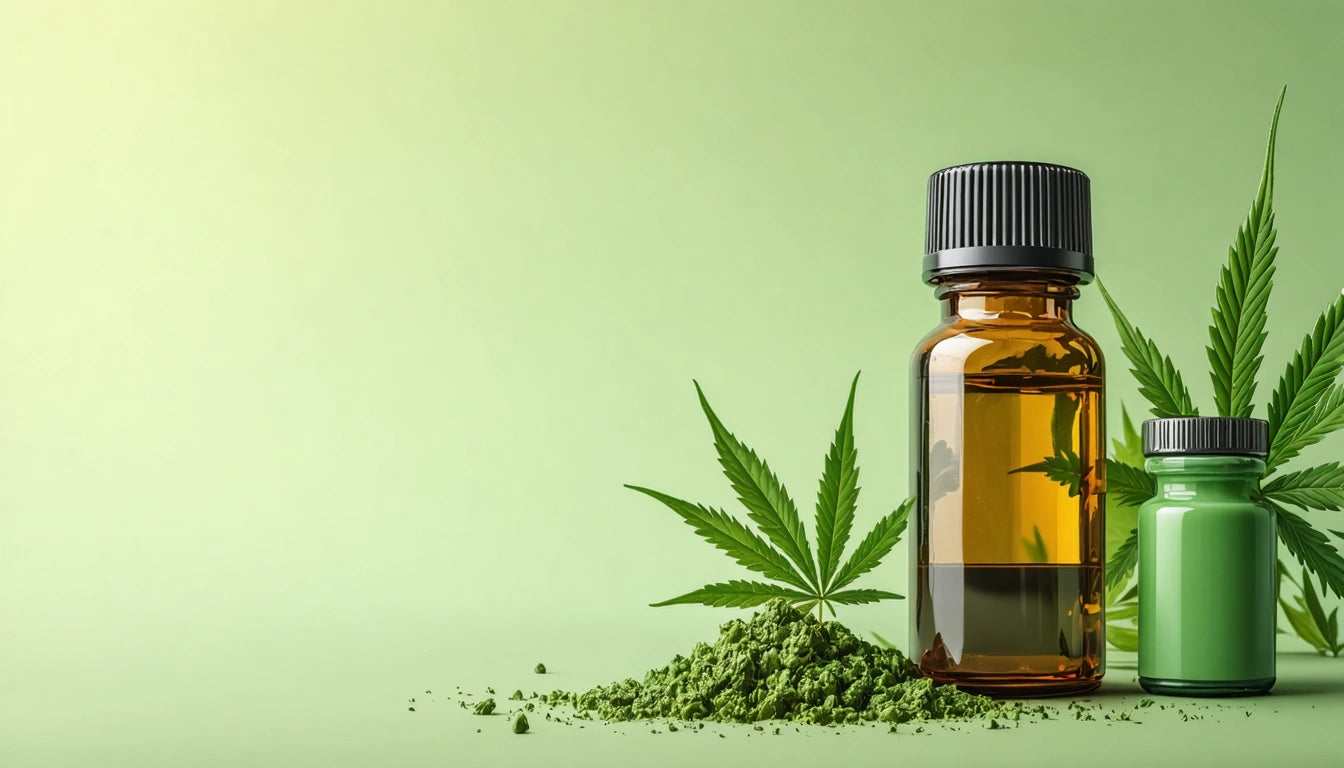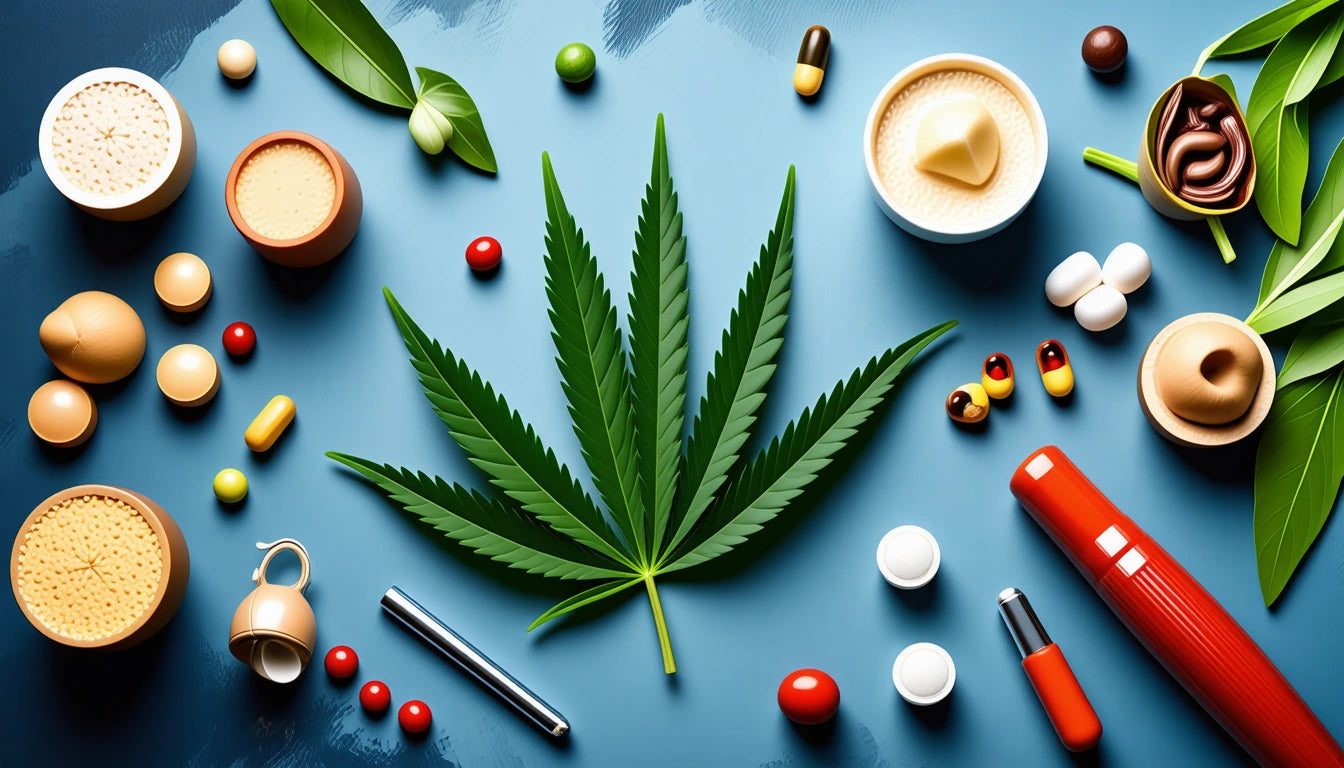Table of Contents
- THC Blood Detection Basics: Understanding the Timeline
- Factors Affecting How Long THC Stays in Blood
- THC Blood Detection Windows for Different User Types
- Blood Testing Methods for THC Detection
- How Blood Tests Compare to Other THC Detection Methods
- Can You Reduce How Long THC Stays in Your Blood?
- Future Technologies and Approaches to THC Blood Testing
How Long Does THC Stay Detectable in the Blood?
Understanding how long THC remains in your bloodstream is crucial for anyone who uses cannabis, whether for medicinal or recreational purposes. Blood tests can detect THC for a specific window of time after consumption, and this detection period varies based on several factors including usage patterns, metabolism, and the testing method employed.
THC Blood Detection Basics: Understanding the Timeline
THC (tetrahydrocannabinol) enters the bloodstream almost immediately after inhalation, with peak blood concentrations occurring within 3-10 minutes. When cannabis is consumed orally, THC takes longer to enter the bloodstream, typically 30-90 minutes, as it must first pass through the digestive system.
Unlike other substances, THC is lipid-soluble, meaning it binds to fat molecules in the body. This characteristic significantly impacts how long THC stays detectable in blood tests compared to water-soluble substances that are quickly eliminated through urine.
Factors Affecting How Long THC Stays in Blood
Frequency of Use
The most significant factor determining how long THC remains in your blood is your consumption pattern. Regular cannabis users will have detectable THC in their bloodstream for longer periods than occasional users due to accumulation in fat tissues.
Metabolism and Body Composition
Individual metabolic rates and body fat percentage play crucial roles in THC elimination. People with faster metabolisms tend to clear THC from their bloodstream more quickly. Similarly, individuals with lower body fat percentages typically eliminate THC faster than those with higher percentages, since there are fewer fat cells for THC to bind to.
Potency and Consumption Method
The THC concentration in the cannabis product consumed directly affects detection times. Higher potency products introduce more THC into the bloodstream. Additionally, the method of consumption influences how quickly THC enters and leaves the bloodstream. For businesses handling various cannabis products, efficient filling equipment for different product types ensures consistent dosing, which can help consumers better predict potential detection windows.
THC Blood Detection Windows for Different User Types
- Single-use or occasional users: 1-3 days
- Moderate users (several times weekly): 3-7 days
- Heavy users (daily consumption): 7-14 days
- Chronic, heavy users: Up to 30+ days in extreme cases
These timeframes represent general guidelines rather than absolute rules. Individual variations in metabolism, body composition, and the sensitivity of the testing method can all influence actual detection periods.
Blood Testing Methods for THC Detection
Blood tests for THC typically screen for both active THC and its metabolites, primarily THC-COOH. Standard blood tests can detect active THC for approximately 24-48 hours after use in occasional users, while THC metabolites may be detectable for longer periods.
The two primary types of blood tests used for THC detection are:
- Immunoassay tests: These screening tests provide quick results but may produce false positives.
- Gas Chromatography-Mass Spectrometry (GC-MS): This confirmatory test offers highly accurate results and can detect even trace amounts of THC and its metabolites.
Blood tests are generally considered more invasive than other testing methods but provide a more accurate picture of recent cannabis use. They're commonly used in situations requiring determination of current impairment, such as roadside testing or workplace accidents.
How Blood Tests Compare to Other THC Detection Methods
Different testing methods have varying detection windows for THC. Understanding these differences can help cannabis users make informed decisions.
Blood tests generally have shorter detection windows than urine or hair tests. While THC typically remains detectable in blood for up to 1-2 weeks in heavy users, urine tests can detect metabolites for 30+ days, and hair tests can identify use for up to 90 days.
However, blood tests are more effective at determining recent use and potential impairment, making them preferred for situations where current intoxication is the primary concern rather than historical use.
Can You Reduce How Long THC Stays in Your Blood?
While many products claim to help clear THC from your system more quickly, most lack scientific evidence supporting their effectiveness. However, certain practices may potentially help reduce THC detection times:
- Hydration: Staying well-hydrated supports overall metabolism but won't significantly accelerate THC elimination from blood.
- Exercise: Regular physical activity may help burn fat cells where THC is stored, potentially reducing detection windows over time. However, exercise shortly before a test might temporarily increase blood THC levels as stored THC is released.
- Healthy diet: A balanced diet supports metabolic function, which may help process and eliminate THC more efficiently.
It's important to note that these methods offer no guarantees and generally require consistent implementation over time rather than as last-minute solutions.
Future Technologies and Approaches to THC Blood Testing
As cannabis legalization expands, testing technologies continue to evolve. Researchers are developing more sophisticated methods for detecting not just the presence of THC but also accurately measuring impairment levels. Current understanding of THC effects suggests that presence alone doesn't necessarily indicate impairment.
Emerging technologies include breathalyzers designed to detect recent cannabis use and apps that measure cognitive function to assess impairment regardless of THC levels. These developments aim to create more nuanced approaches to cannabis testing that consider actual impairment rather than simply detecting historical use.
Understanding how long THC stays in your blood empowers cannabis users to make informed decisions about consumption timing relative to potential testing situations. While detection windows vary significantly based on individual factors, the general guidelines provided here offer a starting point for understanding your personal risk profile.











Leave a comment
All comments are moderated before being published.
This site is protected by hCaptcha and the hCaptcha Privacy Policy and Terms of Service apply.